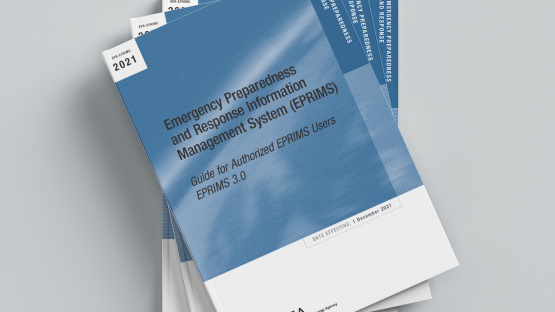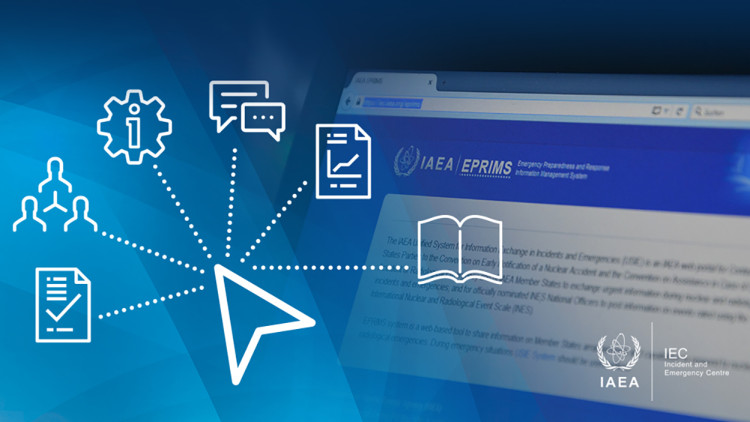In an emergency, governments may have only hours to decide on actions to protect their population. Their ability to take the right decisions in those crucial hours depends on the effectiveness of their national emergency preparedness framework: a complex system of laws, regulations, and arrangements that must be continuously assessed and improved. A new IAEA Emergency Preparedness and Response Information Management System (EPRIMS) Guide for Authorized Users informs countries on how to evaluate their own preparedness to respond to a nuclear or radiological emergency, and identify their strengths and any gaps.
“Learning from other countries’ experiences through the transparent sharing of information is essential to building resilient emergency preparedness and response frameworks,” said Svetlana Nestoroska Madjunarova, IAEA Emergency Preparedness Coordinator, at a recent workshop on this publication, adding that, “through EPRIMS, relevant stakeholders can learn various practical ways to implement the IAEA safety standards. We hope this new guide will make it easier and more intuitive for countries to assess their readiness in the field of emergency preparedness and response and share their knowledge with others.”
EPRIMS is an interactive, web-based tool that countries can use to evaluate their own national readiness against requirements from the IAEA Safety Standard General Safety Requirements (GSR) Part 7, and is available to all IAEA Member States.
Detailed instructions on how to access EPRIMS are included in the new user guide, which describes the process of using EPRIMS, from nominating country coordinators, to adding additional users, to performing country self-assessments, and reading the shared self-assessments of other countries on the platform. It also provides a step-by-step guide on how a country can create its own EPR profile and how the information is entered into the system as well as how to generate various types of reports for self-assessment and for data analysis.
“EPRIMS proved to be an excellent tool for the self-assessment of our national EPR arrangements to evaluate our readiness to effectively respond to a nuclear or radiological emergency,” said Faradally A. Ollite, Director, Radiation Safety and Nuclear Security Authority, Mauritius.
At the regional level, EPRIMS can help to harmonize countries emergency preparedness and response (EPR) frameworks, to coordinate and integrate the course of actions to be implemented if an emergency occurs.
“The possibility for participating Member States to share their self-assessment is a powerful feature of EPRIMS, and this has proven to be very useful for us to emulate the good practices from the national experience of other Member States. However, to optimise the benefits from this feature, all Member States should be encouraged to share their self-assessment on EPRIMS,” he highlighted.
EPRIMS proved to be an excellent tool for the self-assessment of our national EPR arrangements






